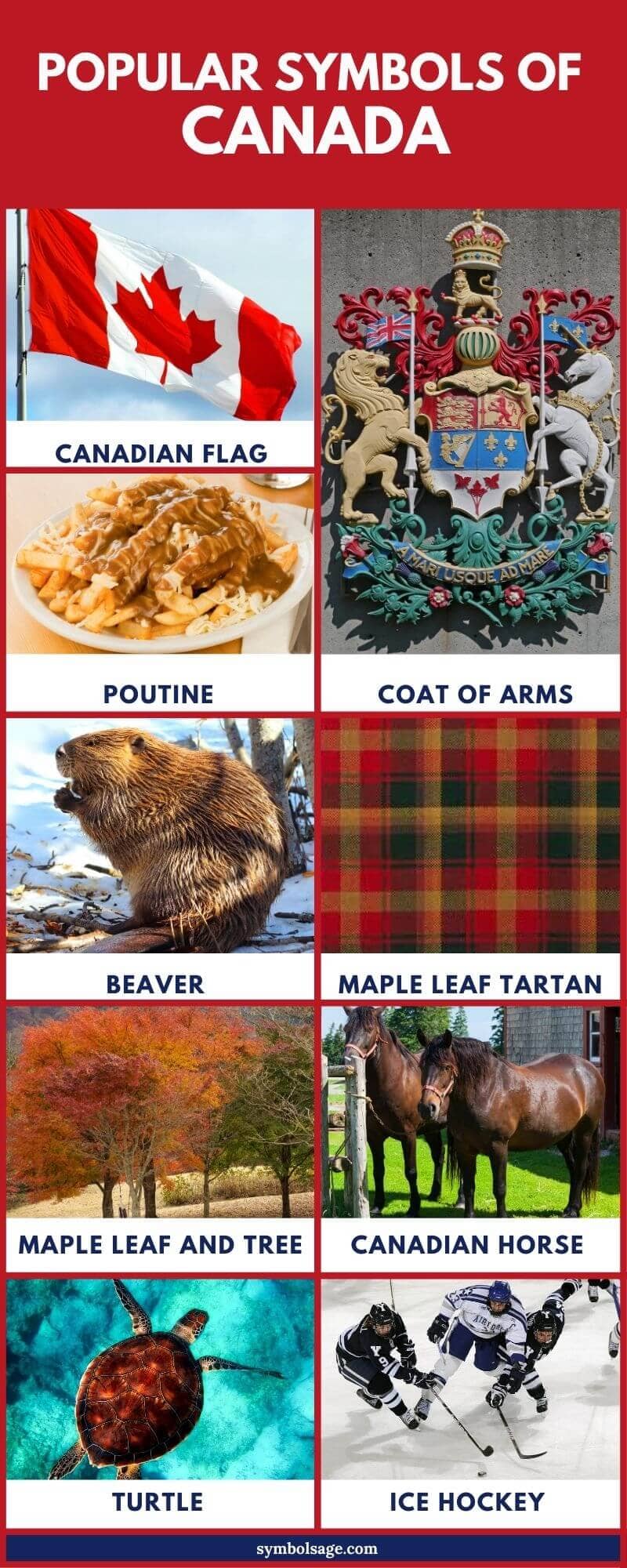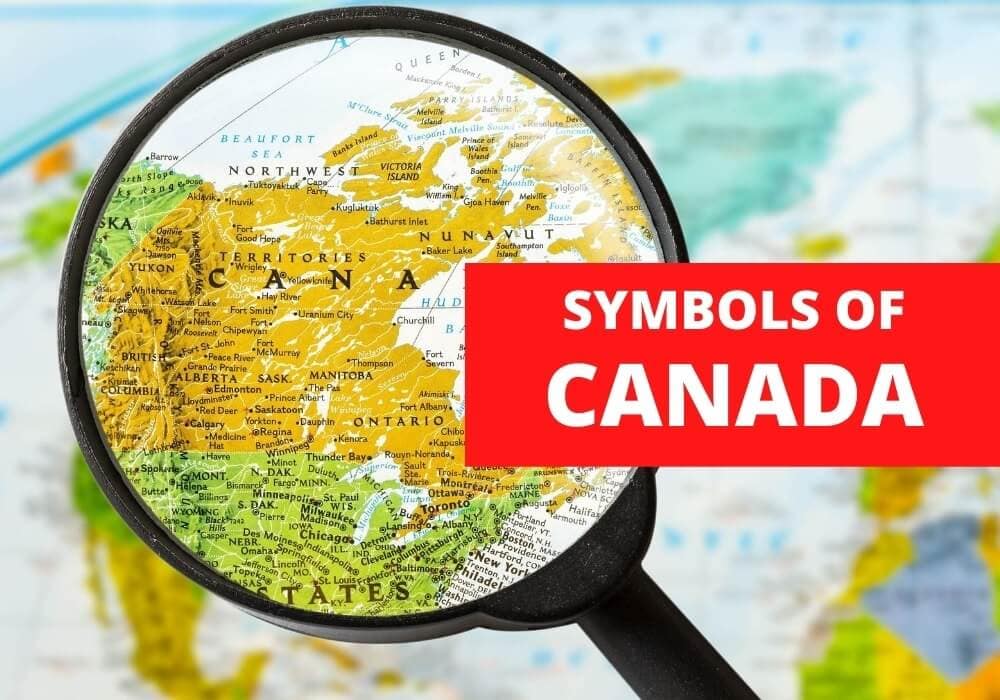
Table of Contents
Like all nations, Canada, located in a part of North America, recognizes a number of important symbols to present itself both as a country and a nation. Some symbols are quite unique and well-known whereas others are less ubiquitous.
While there are hundreds of Canadian symbols, here’s a quick look at a few of the most famous official and non-official Canadian emblems that are well-known throughout the world. Over the past years, several of these symbols were formally adopted by the Canadian Government and have been declared official symbols of Canada.
- Canadian National Day: 1st July is Canada Day, celebrating the anniversary of the Canadian Federation
- Canadian National Anthem: O’ Canada
- Canadian National Currency: Canadian dollar
- Canadian National Colors: White and red as featured on the national flag
- Canadian National Plant: Maple tree
- Canadian National Animal: Beaver
- Canadian National Dish: Poutine
- Canadian National Sport: Lacrosse is the national summer sport of Canada while ice hockey is the national winter sport
The Canadian National Flag
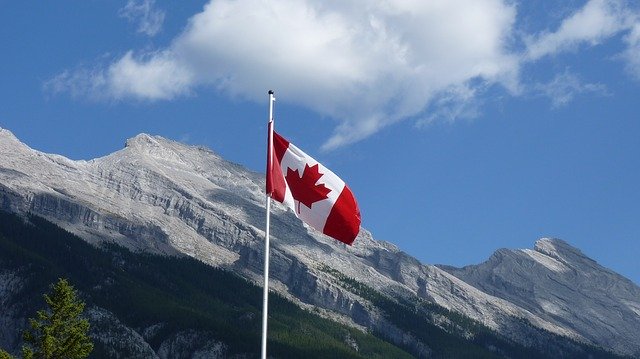
The Canadian National Flag, also known as the Maple Leaf Flag, is composed of a white square in the middle of a red field with a stylized maple leaf at its center. It’s the present flag of the country which was approved in 1965 after months of debate on the design.
There’s a lot of symbolism in both the colors and the design of the Canadian flag.
- The two red bands on either side of the white square symbolize prosperity and hope.
- White is used to represent the impartiality of the nation as well as tranquillity and peace.
- The maple leaf in the middle of the white square has eleven points and stands for the cultural heritage and the natural resources found within Canadian borders.
While there aren’t any official laws on the usage of the national flag, Canadian Heritage brought forth a set of guidelines on how to display it, whether on its own or among other flags.
The Canadian Coat of Arms
Canada has one of the most elaborate coat of arms composed of many elements. Here’s what they stand for:
- The Shield: This represents the origins of the country by depicting the royal Scottish lion, the three lions of England, the Irish harp of Tara and the Fleur-de-Lis of France. Each of these nations plays an important role in the Canadian settlement.
- The Supporters: The supporters on either side of the coat of arms, a lion and a unicorn holding two banners, represent the principle founding nations that played a part in establishing Canada’s customs and laws.
- Floral Emblems: These are located at the base and are associated with Canadian Monarchy.
- The Crown: Sitting at the top of the Coat of Arms, the crown indicates a monarch as the head of state.
- The Maple Leaf: An authentic Canadian symbol, the maple leaf represents tolerance, peace and unity.
- The Crest: The lion with a crown on its head and a maple leaf in its right paw is a symbol of courage and valor which marks the sovereignty of the country.
The Canadian Crown
The Royal Crown of Canada has been a national symbol of the state for about 400 years, representing the government, legislatures, Parliament, police services, courts and the forces. Canada, since Confederation in 1867 during the reign of Queen Victoria, has been a constitutional monarchy represented by the Royal Crown.
Poutine

Poutine is a Canadian dish including cheese curds and French fries topped with a thick, brown, chicken gravy. The dish originated in the province of Quebec and made its first appearance in rural snack bars in the area. It was mocked and perceived negatively for many years but over time it gradually became a quintessential symbolic of Quebecois culture. In fact, people refer to it as ‘Quebec in a bowl’.
Today, Poutine is no longer mocked and is typically presented as the national dish of Canada, symbolizing the country’s cuisine and culture. It’s a favorite among many people and can be found even in famous fast food chains like Burger King and McDonalds.
The Beaver
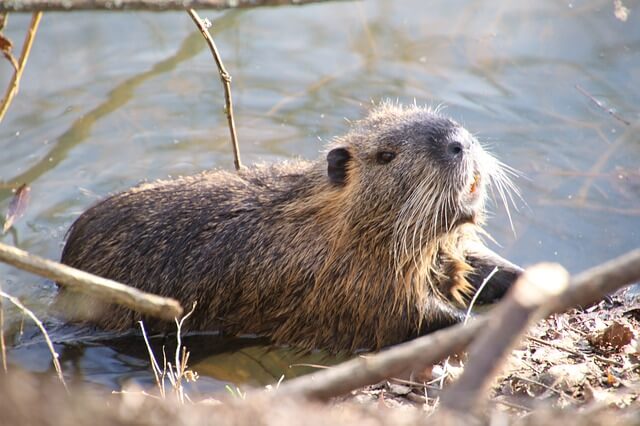
The beaver was a major part of Canadian identity long before it was given the official status as the national emblem in 1975. In the 1600s and 1700s, the main profit-making attraction in the country were beavers and during this time, there was a popular demand for fur hats which required beaver pelts. As the demand for hats increased, so did the demand for pelts and this trade proved to be so profitable that the Canadians felt that it was necessary to pay tribute to the animal.
The beaver was included in the Canadian Coat of Arms and even a coin, known as a ‘buck’, was created with its value equal to that one of a single male beaver pelt. Today, the beaver is one of the most important and revered official symbols in the country without which it’s said that Canada would not even exist.
The Maple Leaf Tartan
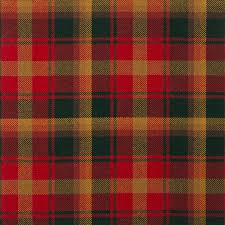
Designed by David Weiser in 1964 to commemorate the new flag of Canada, the Maple Leaf Tartan is now one of the official national emblems of the country as of 2011. The tartan has four colors on it which symbolize the life cycle of the maple leaf as it goes through the seasons. The color of the leaf changes from green in the spring to gold in early autumn, to red at the start of winter and finally to brown after it has fallen.
Canadians have worn the Maple Leaf Tartan proudly for decades before it was named a national symbol. It’s one of the most visual expressions of Scottish culture and heritage and being an official symbol highlights the significant contributions that the Scottish made towards the founding of Canada.
The Maple Leaf and Tree
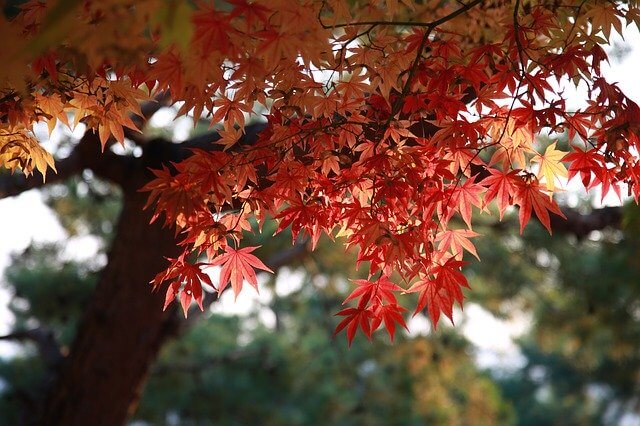
There are over 100 different species of maple trees around the world, out of which 10 are native to Canada. The maple leaf is very closely associated with Canada and is featured on the national flag, but the tree itself wasn’t officially recognized as the country’s official arboreal emblem until 1996.
The maple leaf has been a staple of the Canadian people for decades and its sap was used for food as well as other necessities. Every spring, the leaves were gathered and became an important part of various culinary recipes. Now, it symbolizes endurance and strength and is a crucial element of the Canadian flag. It one of the most widely recognized national symbols of Canada and was added to the Canadian coat of arms in 1921.
The Canadian Horse

In 1902, the Canadian horse was declared by the Parliament as Canada’s national breed, but it was only in May of 2002 that it became recognized as the national horse of Canada. The origins of the horse go all the way back to 1665 when the King of France sent many horses from his royal stables to New France.
The Breton and Norman horses were mixed in origin, including Barb, Arabian and Andalusian horses and over the period of a century, the population of horses in New France continued to develop in isolation from other horse breeds. The result was a new breed – the Canadian horse, known for its strength and endurance, intelligence, good temper and resilience.
The Canadian horse was in danger of becoming extinct in the 19th century and efforts were made throughout the late 1800s and the 20th century to preserve this distinctive animal.
The Turtle

The turtle is a highly significant symbol in the Indigenous Canadian culture. According to certain First Nations stories (stories told by the indigenous people in Canada) it’s said to be the foundation on which the land was built. In some versions of the Earth Diver myth, it’s stated that the Earth was formed on a turtle’s back and became known as ‘Turtle Island’, the name given to North America today.
Turtles are associated with stability and longevity in Canadian culture and they’re also seen as easy-going, wise and patient creatures. There are about 12 different species of turtles all over Canada which are currently under the threat of extinction and being protected by the Nature Conservancy of Canada.
The Enchanted Owl
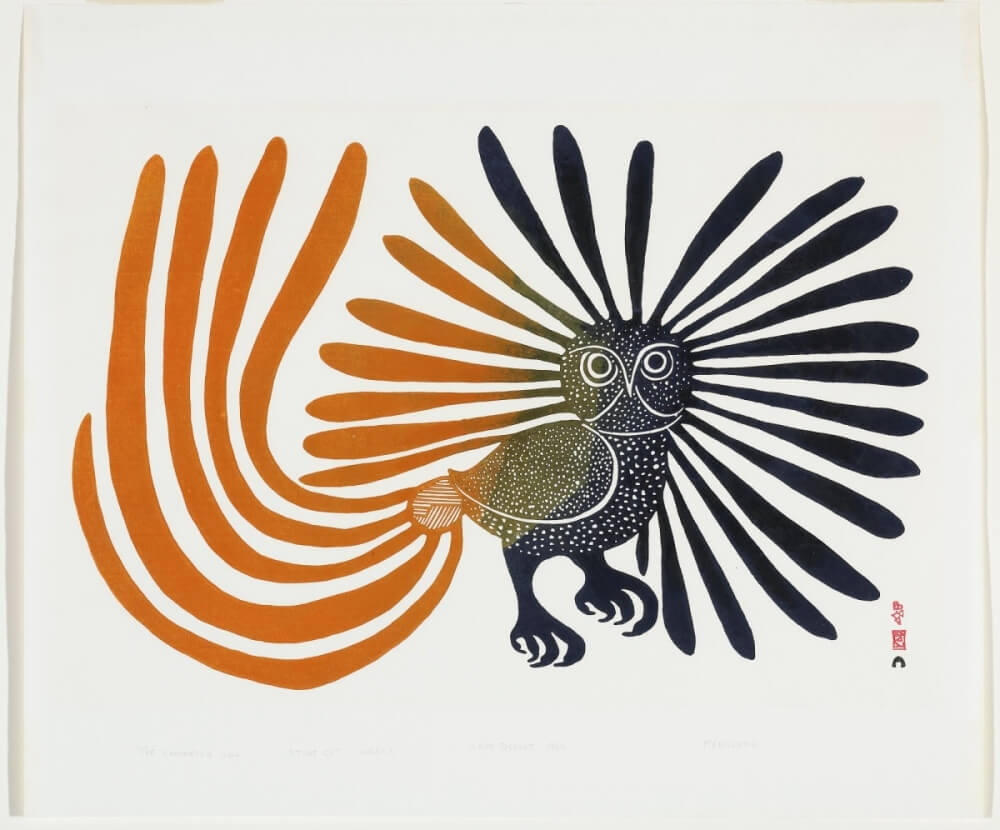
The Enchanted Owl is a painting created by Kenojuak Ashevak, the first Inuit woman to have her artwork on a Canadian postage stamp in the year 1960. This was a time when Inuit art was becoming extremely popular in Canada.
The painting depicts a stylized arctic owl with long feathers and a spotted body. The shape of the owl’s feathers, the detail on its body and the emotion in its eyes are all highly expressive and always capture viewers. This painting became popular across the country and is now a well-known Canadian icon that’s been reproduced in many publications and featured on the six-cent postage stamp to commemorate the 100th anniversary of the Northwest Territories.
Ice Hockey

Canada has two national sports – ice hockey in winter and lacrosse in summer. Of the two, however, ice hockey is the sport for which Canada is best known for and is often considered Canada’s greatest contribution to global sports. This is because ice hockey originated in Canada and the game is viewed by Canadians as theirs. Ice hockey remains Canada’s most watched, played and successful sport.
In Brief
Many of the Canadian symbols we’ve mentioned in this article are famous worldwide and commonly seen in different contexts. Some of them, like the Enchanted Owl, are being reproduced every day in publications, on stamps, coins or in the fashion world. They truly represent what it is to be Canadian and, together they highlight the culture, heritage, values and resources of the Canadian people.
